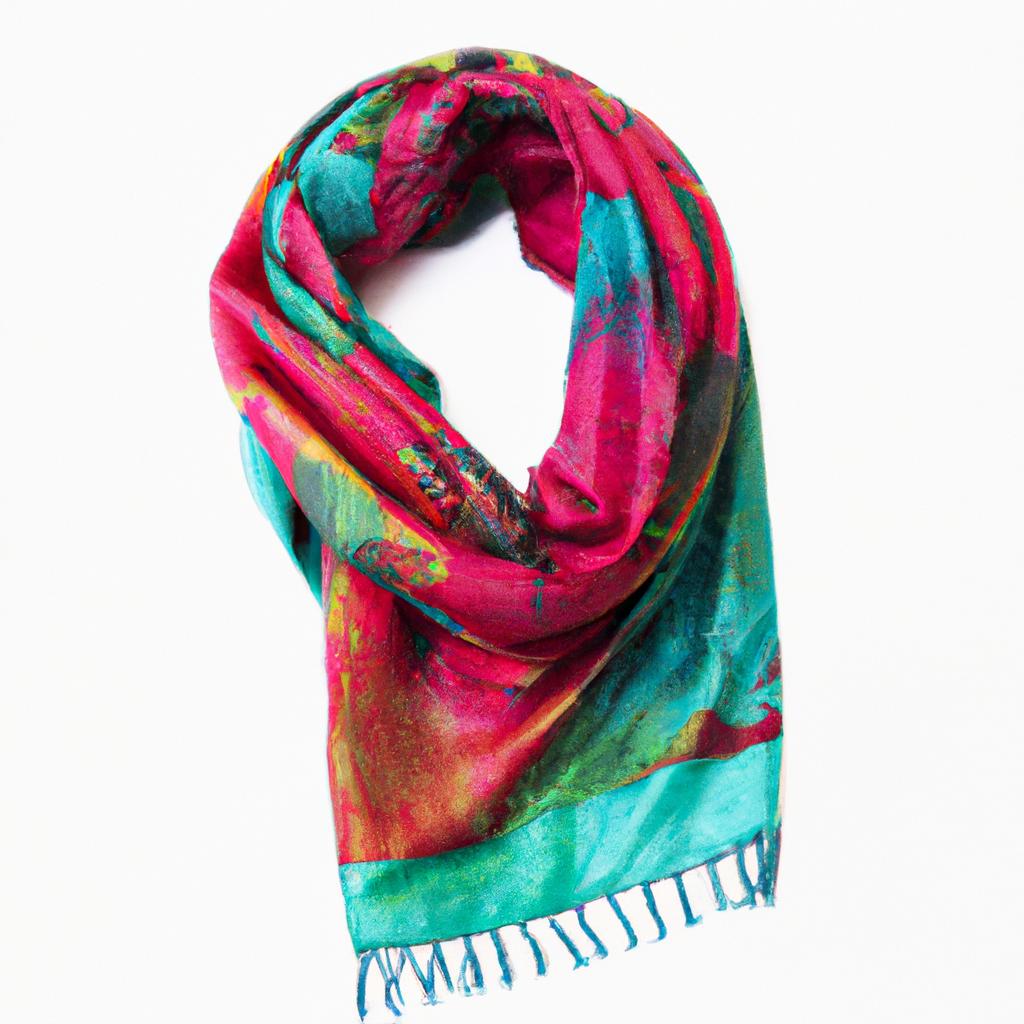
Introduction
Welcome to our guide on fashion for different age groups! In today’s society, fashion is not just limited to one age group – it’s for everyone. It’s a way of expressing oneself and feeling confident in our own skin. No matter what stage of life you’re in, fashion plays an important role in how we present ourselves to the world.
In this guide, we will be discussing the importance of fashion for different age groups and providing tips and advice on how to stay stylish at any age. So whether you’re a teenager, young adult, middle-aged, or a senior, this guide has something for you.
The Importance of Fashion for Different Age Groups
Fashion is more than just following the latest trends or trying to fit in. It is a form of self-expression and can greatly impact one’s confidence and self-image. This rings true for people of all ages, from children to seniors.
For children and teens, fashion plays a crucial role in their social development. It allows them to find their individual style and experiment with different looks. It also helps build their self-esteem and teaches them the importance of presenting themselves well.
As young adults enter the workforce, fashion becomes a means of making a good first impression and establishing professionalism. It also allows them to express their personal style within the constraints of dress codes.
Middle-aged adults face the challenge of transitioning from youth-oriented fashion to more age-appropriate styles. Fashion at this stage can help boost confidence and make one feel youthful and stylish.
Even in their golden years, seniors can benefit from fashion. It can bring joy and a sense of vitality, especially when facing physical changes that come with aging. Fashion for seniors should prioritize comfort and functionality while still allowing for self-expression.
In conclusion, fashion is important for people of all ages as it contributes to their overall well-being and can positively impact their self-image. Embracing personal style and dressing for one’s age can lead to confidence, empowerment, and a sense of self-discovery.
Overview of the guide contents
As we age, our fashion preferences and needs evolve. This guide aims to provide helpful tips and trends for different age groups, from children and teens to seniors. We understand that fashion is not just about looking good, but also feeling confident and expressing our individuality. This guide will cover various aspects of fashion for each age group, including budget-friendly options, dressing for different occasions, and addressing body changes. Our goal is to break stereotypes and encourage readers to embrace their personal style at any age.
Fashion for Children and Teens
Children and teenagers are constantly growing and evolving, and so is their fashion sense. It’s important to keep up with current trends when dressing your child, but also to allow them to express their own personal style. Here are some tips for navigating fashion for different age groups within this category.
- Current trends for children’s fashion: From bold colors and patterns to comfortable athleisure wear, there are plenty of options for dressing your child in the latest fashion. However, it’s important to keep in mind that children need clothing that is durable and easy to move in.
- Tips for dressing teens according to their age and body type: As teens experience changes in their bodies, it’s important to dress them in clothing that makes them feel confident and comfortable. This means considering their body shape and size when choosing outfits.
- Budget-friendly options for parents: Children and teenagers are constantly outgrowing their clothing, so it’s understandable that parents may not want to spend a lot of money on their wardrobes. Thrift stores and online reselling platforms can be great places to find affordable and trendy clothing for your child.
Overall, fashion for children and teens should focus on allowing them to express their individuality while still being practical and comfortable. Next, let’s move on to fashion for young adults.
Fashion for Children and Teens
In today’s rapidly changing fashion landscape, children and teens are becoming increasingly interested in what they wear. From toddlers wanting to dress like their favorite cartoon character, to teenagers wanting to express their individuality, fashion plays a big role in the lives of young people.
Some current trends for children’s fashion include bold prints, vibrant colors, and fun graphic tees. This age group also tends to gravitate towards comfortable and practical clothing, as they are often busy with school and extracurricular activities.
As for teenagers, it’s important to remember that this is a time when they are figuring out their own personal style. It’s important to let them experiment and try out different looks, while also guiding them towards age-appropriate and body-flattering options.
Parents can also save money by shopping for budget-friendly options for their children and teens. Thrift stores, online sales, and hand-me-downs can all be great options for staying on trend without breaking the bank.
- Tip: Take your child or teen shopping and involve them in the decision-making process, as this can help foster their independence and confidence in their own style choices.
- Key takeaway: Allow children and teens to explore their individual style while also guiding them towards age-appropriate and budget-friendly options.
Tips for Dressing Teens According to Their Age and Body Type
During the teenage years, individuals go through a lot of physical and emotional changes. This can make it challenging to find the right clothes that not only fit well but also reflect their personal style. Here are some tips to help teens dress according to their age and body type:
- Understand your body type: The first step in dressing well is understanding your body type. Whether you are curvy, athletic, or petite, knowing your body shape can help you choose clothes that flatter your figure.
- Stay true to your age: It can be tempting to try out trends that are popular among older age groups, but it’s essential to stick to styles that are appropriate for your age. This will help you avoid looking too mature or too childish.
- Embrace your personal style: Teenagers often use fashion as a form of self-expression. Don’t be afraid to experiment with different styles and express your unique personality through your outfits.
- Invest in basics: While it’s fun to keep up with trends, it’s also crucial to have a few basic pieces in your wardrobe. These include items like jeans, t-shirts, and a little black dress that can be dressed up or down for any occasion.
- Be mindful of dress codes: Whether you’re in school or attending a formal event, it’s vital to follow dress codes. Make sure to check what is acceptable before choosing your outfit.
- Don’t forget comfort: As a teenager, you’re likely up and about, participating in various activities. Make sure to choose clothes that allow you to move comfortably without sacrificing style.
Remember, fashion is about finding the balance between looking good and feeling good. By keeping these tips in mind, teens can stylishly navigate the ever-changing world of fashion while staying true to their age and body type.
Budget-friendly options for parents
As a parent, it can be overwhelming to keep up with the latest fashion trends for your children. But updating their wardrobe doesn’t have to break the bank. Here are some budget-friendly options to consider:
- Shop during sales and clearance events to get the best deals on trendy items.
- Visit thrift stores or consignment shops for gently used clothing at significantly lower prices.
- Host a clothing swap party with other parents to exchange outgrown items for new ones.
- Check out online marketplaces and community groups for secondhand clothing options.
Remember to also invest in versatile and durable pieces that can be mixed and matched to create multiple outfits. This will save you money in the long run and teach your children about sustainable fashion choices.
III. Fashion for Young Adults
Young adulthood is a time of exploring personal style and expressing individuality. As we make the transition from teenagehood to adulthood, our fashion choices often reflect this shift. This section will discuss fashion for young adults and provide tips on how to incorporate personal style into one’s wardrobe.
- Defining young adults and their fashion preferences: Young adults are generally between the ages of 18-25, although this can vary. This age group is often characterized by a desire to stand out and make a statement through fashion. From experimenting with different styles to following current trends, young adults are not afraid to take fashion risks.
- Key elements of a young adult’s wardrobe: Some staple pieces for a young adult’s wardrobe include a well-fitted pair of jeans, a versatile jacket, comfortable shoes, and statement accessories. These pieces can be mixed and matched to create a variety of looks.
- Incorporating personal style into work attire: Many young adults are entering the workforce or starting internships, which often requires a more professional dress code. It can be challenging to maintain personal style while adhering to workplace expectations, but it’s important to find a balance. Accessories, such as a fun scarf or bold earrings, can add a touch of personality to a professional outfit.
Overall, the key for young adults is to have fun with fashion and use it as a form of self-expression. Don’t be afraid to mix and match different styles and experiment with trends.
Fashion for Young Adults
Young adults are typically in their late teens to early twenties, and this is a time when many are exploring their individuality and personal style. Fashion is an important form of self-expression for young adults, and it goes beyond just following trends.
Young adults tend to gravitate towards more casual and comfortable styles, with a mix of high and low fashion pieces. They often look for versatile clothing that can be dressed up or down for different occasions.
Some popular fashion preferences among young adults include:
- Streetwear: This style is influenced by urban culture and can include oversized hoodies, graphic tees, and sneakers.
- Vintage and thrifted clothing: Many young adults enjoy shopping at secondhand stores for unique and sustainable fashion finds.
- Minimalism: Clean lines and neutral colors are popular among those who prefer a more understated look.
- Bohemian: Flowy dresses, layered jewelry, and natural textures are all part of the boho fashion aesthetic.
It’s important for young adults to understand their body type and what styles flatter their figure. This can help them feel confident and comfortable in their fashion choices.
For those entering the workforce, it may be necessary to add some professional pieces to their wardrobe. This can be achieved by incorporating classic pieces such as a blazer, tailored pants, and a versatile dress into their existing clothing collection.
No matter what style young adults choose to embrace, it’s important for them to stay true to themselves and have fun with fashion. After all, this is an exciting time to experiment and discover one’s own personal style.
Dressing for Success: Fashion Tips for Young Adults
As a young adult, fashion is more than just clothes, it’s a way to express yourself and make a statement. Here are some key elements to consider when building your wardrobe:
- Quality Basics: Invest in high-quality basics like a versatile blazer, classic denim, and a little black dress. These pieces will serve as the foundation of your wardrobe and can be dressed up or down for any occasion.
- On-Trend Pieces: Stay current with fashion trends by incorporating a few trendy pieces into your wardrobe each season. This can be a statement accessory or a bold patterned top.
- Comfort: While staying stylish, don’t sacrifice comfort. Look for fabrics that feel good on your skin and allow your body to move freely.
- Personal Style: Don’t be afraid to showcase your personal style through your clothing choices. Whether it’s bohemian, preppy, or edgy, let your clothes reflect who you are.
- Professional Attire: As you enter the workforce, it’s important to have professional attire for interviews and work events. Look for tailored pieces that fit well and make you feel confident.
Remember, fashion should be fun and allow you to express your individuality. Be open to trying new styles and don’t be afraid to break fashion rules. After all, confidence is the best accessory.
Tips for Incorporating Personal Style into Work Attire
For young adults, the transition from casual college attire to professional workwear can be challenging. However, it is important to remember that your personal style can still shine through in your work clothes. Here are some tips to help you incorporate your unique fashion preferences into your work attire:
- Start with the basics: Invest in good quality, neutral pieces such as blazers, trousers, and skirts that can be mixed and matched with other items.
- Add a personal touch: Use accessories like statement jewelry, scarves, or colorful shoes to add a pop of your personal style to a classic outfit.
- Find inspiration: Look to fashion bloggers or magazines for ideas on how to incorporate current trends into your work wardrobe while still maintaining a professional appearance.
- Be mindful of dress codes: While you want to express your personal style, always make sure to adhere to any dress codes set by your workplace.
- Don’t be afraid to experiment: Don’t be afraid to try new combinations and styles until you find what works best for you and your workplace.
Remember, personal style is all about expressing your individuality, so don’t be afraid to let your fashion shine through even in a professional setting.
Fashion for Middle-Aged Adults
As we enter into the middle-aged stage of life, our fashion choices may shift as our bodies and lifestyles change. But this doesn’t mean we have to sacrifice style for comfort or practicality. Here are some tips for dressing as a middle-aged adult:
- Follow trends with caution: As we get older, not all the latest fashion trends may suit our age and lifestyle. Instead, opt for timeless pieces and incorporate elements of current trends in small doses.
- Dress for your body: Our bodies may change with age, but that doesn’t mean we can’t find flattering clothing. Find cuts and styles that work for your body type and embrace them.
- Invest in quality basics: A well-fitting blazer, tailored trousers, and a classic little black dress are staples that every middle-aged adult should have in their wardrobe. Invest in good quality pieces that will last and can be dressed up or down for different occasions.
- Pick the right fabrics: As our bodies age, certain fabrics may feel more comfortable and flattering than others. Opt for breathable and forgiving materials such as cotton, linen, and knitwear.
- Embrace your personal style: Just because we’re getting older doesn’t mean we have to conform to a certain fashion aesthetic. Embrace your personal style and find ways to incorporate it into your wardrobe, even in a professional setting.
Remember, fashion is about expressing yourself and feeling confident at any age. Don’t be afraid to experiment and find what works best for you as a middle-aged adult.
Fashion for Middle-Aged Adults
When it comes to fashion for middle-aged adults, there are a few key style trends to keep in mind.
- Opt for timeless pieces and classic styles that will never go out of fashion.
- Incorporate pops of color or prints to add some personality to your outfits.
- Choose high-quality fabrics that will last and look polished.
- Experiment with layering to create different looks and add depth to your outfits.
As we get older, our bodies also go through changes. It’s important to find clothing that flatters our changing shapes and sizes.
- Invest in well-fitting undergarments for a smooth and flattering silhouette.
- Choose clothing with a bit of stretch for comfort and flexibility.
- Don’t be afraid to try new styles and silhouettes, but make sure they work for your body type.
- Tailored pieces can elevate any outfit and make you feel more put-together.
Middle-aged adults often have different occasions to dress for, such as work events, weddings, or casual gatherings with friends. It’s important to have a versatile wardrobe that can fit these different scenarios.
- Invest in a few staple pieces that can be dressed up or down, such as a blazer or a little black dress.
- Accessorize to add interest and variety to your outfits.
- Don’t be afraid to mix and match pieces to create new looks.
- Keep comfort in mind when choosing outfits for longer events.
Remember, fashion is not just for the young. Embrace your personal style and have fun experimenting with different trends and looks. Age is just a number, and fashion knows no age limit.
Dressing for different occasions at this stage in life
As we enter the middle-aged stage of life, our schedules and social calendars may become more varied. From work events to family gatherings to date nights, each occasion calls for a different dress code. Here are some tips for dressing appropriately and stylishly for different occasions:
- Work events: For professional events, opt for tailored pieces like blazers, trousers, and pencil skirts. Stick to classic colors and patterns, but don’t be afraid to add some personality with accessories or a statement piece.
- Family gatherings: When spending time with loved ones, you want to look put together but still feel comfortable. A casual dress, nice jeans paired with a blouse, or a flowy midi skirt are all great options.
- Date nights: Whether you’re going out with your partner or trying out a new hobby, date nights are a chance to have fun with fashion. A little black dress, a jumpsuit, or a sleek pair of jeans with a chic top can make you feel confident and stylish.
Remember, as we age, comfort becomes even more important. So, don’t sacrifice comfort for fashion. Find pieces that are both stylish and comfortable, and don’t be afraid to mix and match with your existing wardrobe. And most importantly, have fun expressing your personal style at every occasion!
C. Addressing Body Changes and Finding Flattering Clothing
As we age, our bodies go through natural changes that can affect the way our clothes fit and look on us. It’s important to embrace these changes and find clothing that flatters our new shape.
- For women, menopause can bring about changes in body shape and size. This may mean adjusting to a larger or smaller bust, waistline, or hips. Don’t be afraid to try on different styles and sizes to find what works best for your body.
- For men, muscle mass can decrease and weight may shift to the midsection. Look for clothing with a looser fit in this area to avoid discomfort and a more flattering silhouette.
- In general, as we age, our skin may become more delicate and prone to bruising. Consider choosing softer, lightweight materials and avoiding tight or constricting clothing.
When shopping for new clothes, keep in mind that everyone’s body is unique and there is no one “perfect” size or shape. Focus on finding clothes that make you feel confident and comfortable, rather than trying to fit into a certain size or trend.
Fashion for Seniors
As we age, our fashion needs and preferences may change. However, that doesn’t mean we have to sacrifice style and comfort. Seniors have a wide range of options when it comes to fashion, and it’s important to embrace personal style at any age.
When it comes to fashion for seniors, there are a few key factors to consider, such as practicality, comfort, and budget. It’s also important to keep in mind any physical changes that may affect clothing choices.
- One option for seniors is to opt for easy-to-wear and low-maintenance clothing, such as elastic waistbands and slip-on shoes.
- For those who still enjoy getting dressed up, there are plenty of stylish options available specifically for seniors.
- It’s also important to choose comfortable materials, such as breathable fabrics and shoes with good support.
- Budget-friendly options are also essential for seniors, as many are living on fixed incomes.
But just because you’re a senior doesn’t mean you have to stick to traditional styles and colors. In fact, many senior fashion icons are breaking stereotypes and showing that style knows no age limit.
Ultimately, the key to fashion for seniors is to find a balance between practicality, comfort, and personal style. Embrace your unique fashion preferences and don’t be afraid to try new things, regardless of your age.
Fashion for Seniors
As we age, comfort and practicality become important factors when it comes to fashion. However, that does not mean giving up on style and self-expression. Seniors have their own unique needs when it comes to fashion, such as clothing that is easy to put on and take off, as well as accommodating for any physical limitations. But fashion for seniors does not have to be dull or limited. With the right choices, seniors can still look and feel fashionable. Here are some options to consider:
- Choose comfortable and breathable fabrics like cotton, linen, and jersey.
- Opt for looser fitting styles that are still flattering to your body shape.
- Incorporate fun accessories like scarves or statement jewelry to add a pop of color and personality to your outfit.
- Invest in good quality shoes that are both stylish and supportive for your feet.
- Consider adaptive clothing options that make dressing easier, such as velcro closures or elastic waistbands.
It’s also important to remember that fashion is not just for the young. There are many senior fashion icons who continue to inspire with their unique and stylish looks. As we age, we should embrace our individuality and continue to express ourselves through fashion. After all, age is just a number and style knows no bounds.
Tips for Staying Stylish and Comfortable in Later Years
As we age, our bodies change and our fashion needs may also evolve. But that doesn’t mean we have to sacrifice style for comfort. Here are some tips to help seniors stay fashionable and comfortable:
- Choose fabrics that feel good on your skin, such as soft cotton or linen.
- Opt for looser fitting clothing that allows for movement and doesn’t restrict blood flow.
- Invest in comfortable footwear that provides support and cushioning.
- Layer clothing for flexibility – you can add or remove layers depending on the temperature.
- Don’t be afraid to try different styles and experiment with your look.
- Accessorize with scarves, hats, and jewelry to add a pop of color and personality to your outfits.
- Consider alterations or tailoring to ensure a perfect fit for your body.
- Don’t be afraid to wear bold or vibrant colors – they can add energy and confidence to your appearance.
Remember, fashion is not just for the young. Embrace your personal style and rock it at any age!
Fashion for Seniors
Age should never limit one’s sense of style. Senior fashion icons have been breaking stereotypes and showing that fashion knows no age boundaries. Some notable examples include:
- Iris Apfel, known for her bold and eclectic fashion choices, continues to make a statement in her 90s.
- Samuel L. Jackson, at 72 years old, is still a fashion icon known for his unique and vibrant style.
- Carmen Dell’Orefice, at 89 years old, is the oldest working supermodel and a fashion inspiration for many.
These seniors prove that age is just a number and fashion can be enjoyed at any stage in life. They also serve as a reminder to not let society’s expectations of dressing a certain way based on age hold you back from expressing yourself through fashion.
VI. Conclusion
In today’s society, fashion is not just limited to one age group. It is a universal language that allows people of all ages to express themselves and feel confident in their own skin. This guide has explored the importance of fashion for different age groups and provided tips and advice on how to embrace personal style at any stage of life.
- For children and teens, it’s important to allow them to experiment with their personal style while also considering their age and body type.
- Young adults can use fashion as a way to showcase their individuality and personal brand, even in a professional setting.
- As we enter the middle-aged stage, fashion can help us navigate different occasions and address any changes in our bodies.
- And for seniors, fashion options should prioritize comfort and reflect their unique needs, but that doesn’t mean sacrificing style.
No matter what age group you fall into, the key takeaway is to embrace your personal style and feel confident in what you wear. Don’t be afraid to break stereotypes and continue to express yourself through fashion. Remember, age is just a number, and fashion knows no boundaries.
Thank you for reading this guide and we hope it has inspired you to continue your fashion journey throughout all stages of life.
Conclusion
Fashion is not just limited to the young and trendy, it is an ever-evolving sphere that encompasses individuals of all ages. While age may bring physical changes, it does not mean losing one’s sense of style. In fact, fashion can play a significant role in boosting confidence and self-expression as we age.
From dressing children and teens to adults and seniors, there are fashion options for every age group. It is important to adapt to changing trends and find what works best for our bodies and lifestyles. Whether it’s staying up-to-date with the latest styles or finding budget-friendly options, fashion can be accessible and enjoyable for everyone.
No matter what stage of life we are in, fashion allows us to express ourselves and embrace our individuality. So whether you’re a child, teen, young adult, middle-aged adult, or senior, never be afraid to experiment with your personal style and rock your own unique fashion statement.
Summary of Key Takeaways for Each Age Group
From children to seniors, fashion has the power to make anyone feel confident and express their individuality. Here are some key takeaways for each age group to keep in mind when it comes to fashion:
- Children and Teens: As a parent, it’s important to let your child explore their own sense of style and have fun with fashion while still keeping practicality and budget in mind. For teens, it’s all about dressing for their age and body type and staying on top of current trends.
- Young Adults: This stage is all about finding the balance between personal style and professionalism, whether it’s in the workplace or social events. Invest in versatile pieces and don’t be afraid to experiment with your wardrobe.
- Middle-Aged Adults: Fashion for this demographic should prioritize comfort and function, while still being stylish. Embrace your changing body and find clothing that flatters your unique shape.
- Seniors: Fashion shouldn’t have an age limit, and seniors should feel empowered to continue expressing themselves through their style. Focus on comfortable yet stylish options and don’t be afraid to break stereotypes.
Regardless of age, fashion should be a fun and exciting way to showcase your personality. Don’t be afraid to take risks and embrace your personal style at any stage in life. As the saying goes, fashion knows no age.
VI. Conclusion
At any age, fashion can be a powerful form of self-expression and confidence. Whether you’re a child, a young adult, middle-aged, or a senior, there is no limit to how you can embrace your personal style. Don’t let society’s expectations dictate what you should or shouldn’t wear. Instead, use fashion as a way to showcase your unique personality and individuality.
- Embrace trends that make you feel comfortable and confident.
- Don’t be afraid to experiment with different styles and looks.
- Remember that fashion is not just for the young, but for everyone.
We hope this guide has helped you understand the importance of fashion for different age groups and provided you with useful tips on how to stay stylish at any stage of life. Just remember, fashion is not about fitting in, it’s about standing out and staying true to yourself.
comments: 0

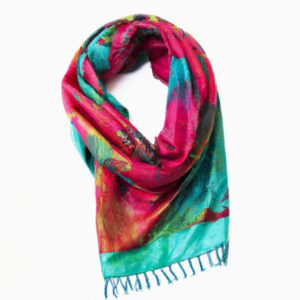
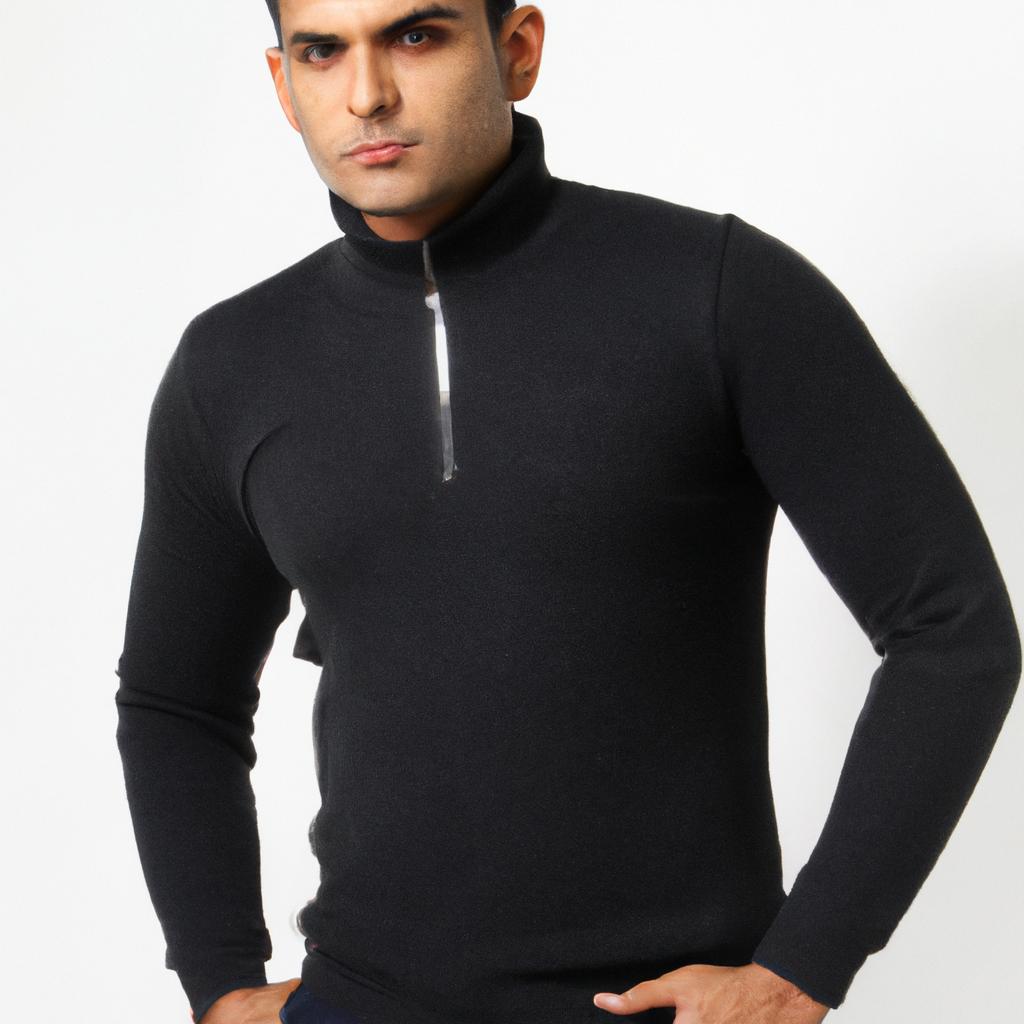 Elevate Your Style: Mastering Understated Elegance for Men – A Guide
Elevate Your Style: Mastering Understated Elegance for Men – A Guide 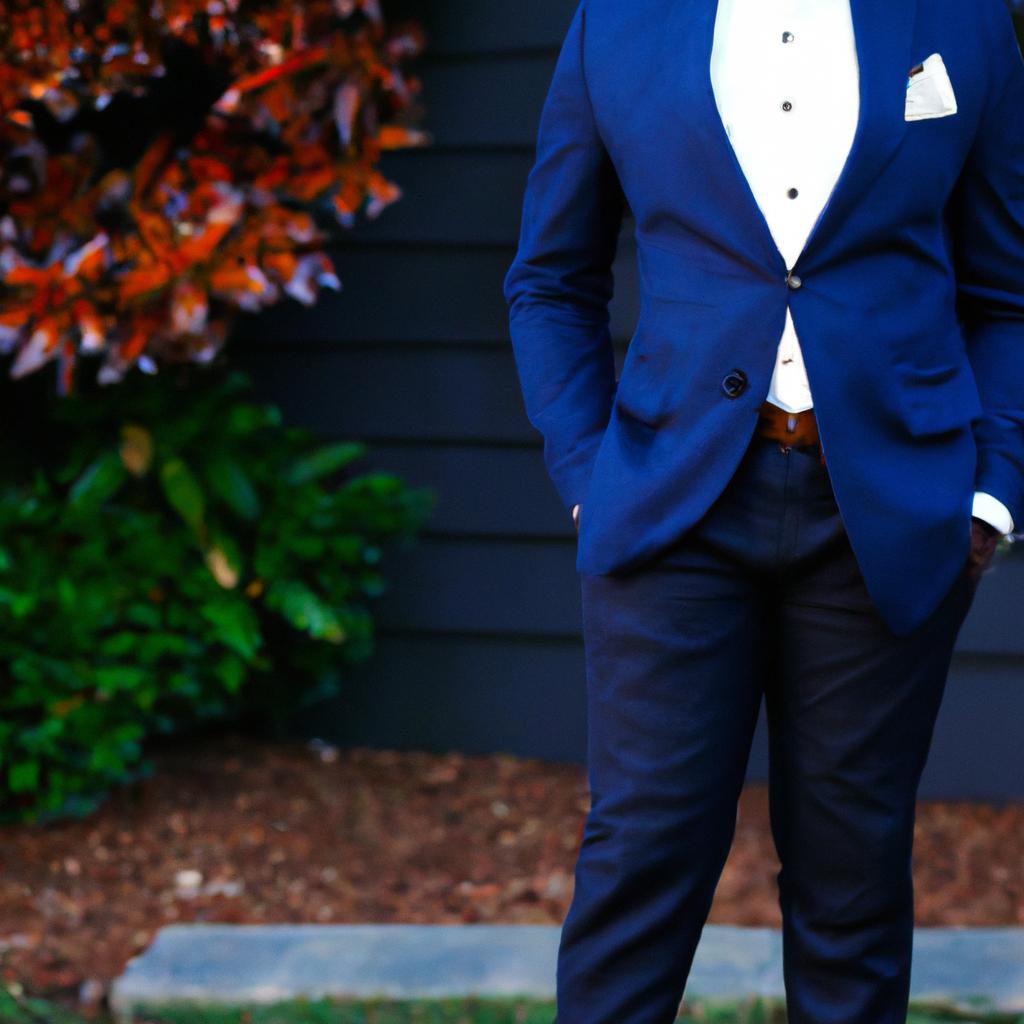 Elevate Your Style with These Menswear Must-Haves – Essential Wardrobe Pieces Every Man Needs
Elevate Your Style with These Menswear Must-Haves – Essential Wardrobe Pieces Every Man Needs 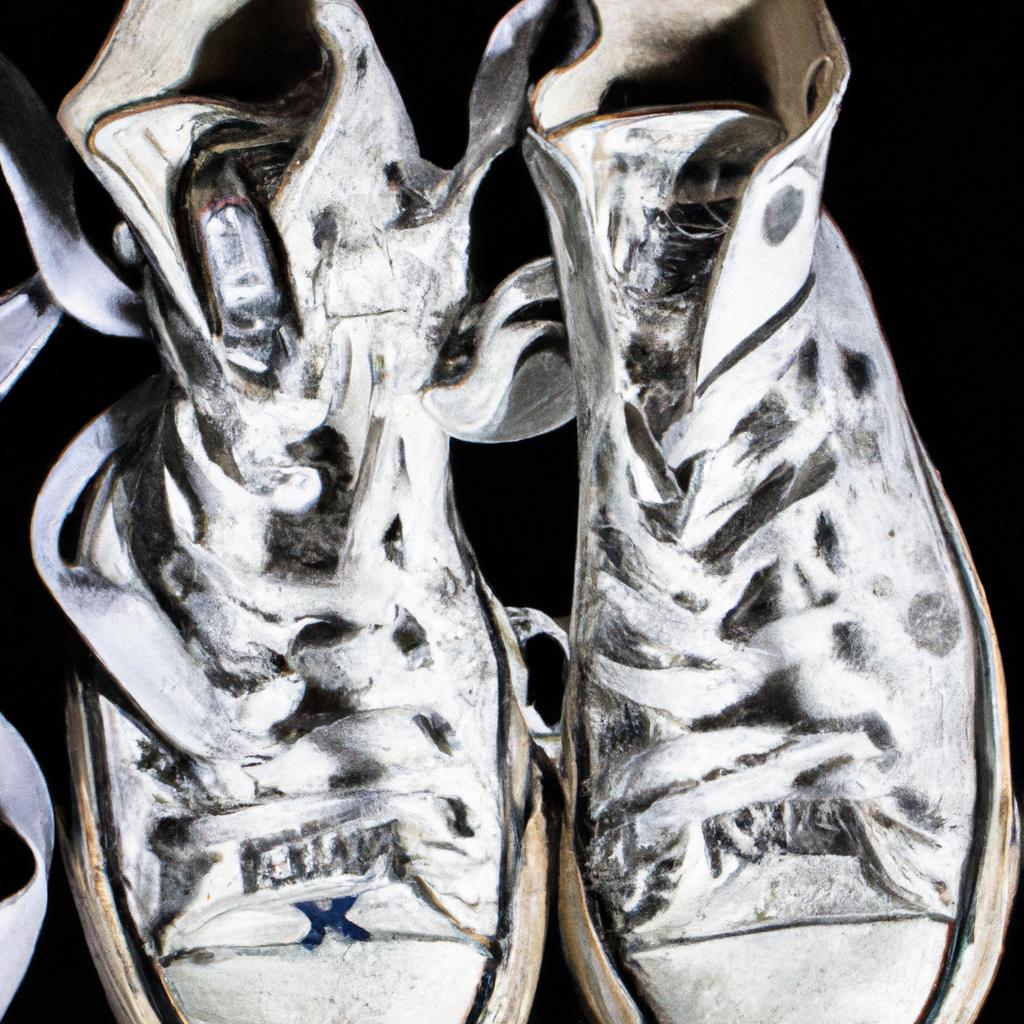 VALUE!:excerptstartDiscover the captivating story of sneakers and their influence on fashion. Learn how to make this art form a part of your personal style
VALUE!:excerptstartDiscover the captivating story of sneakers and their influence on fashion. Learn how to make this art form a part of your personal style 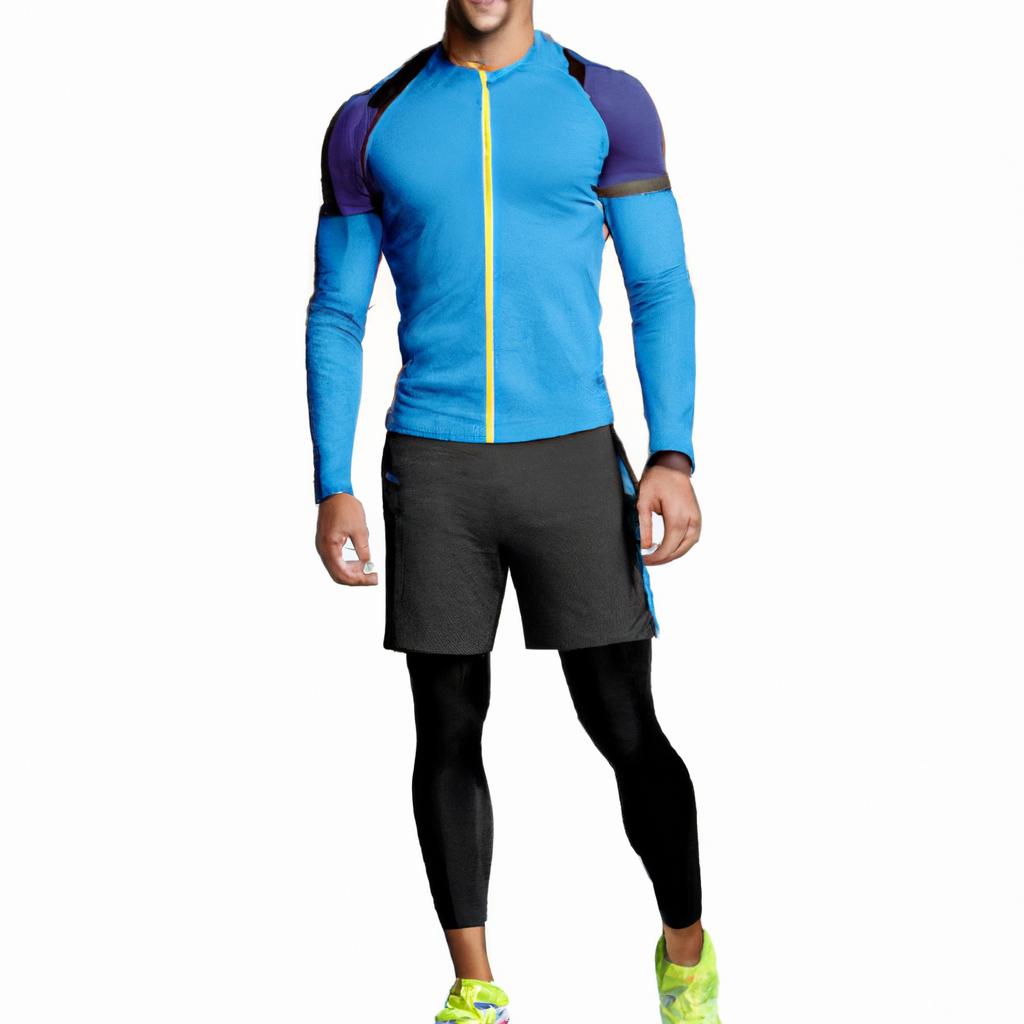 Unleashing the Power of Fashion for Athletes: Striking a Balance Between Performance and Style
Unleashing the Power of Fashion for Athletes: Striking a Balance Between Performance and Style 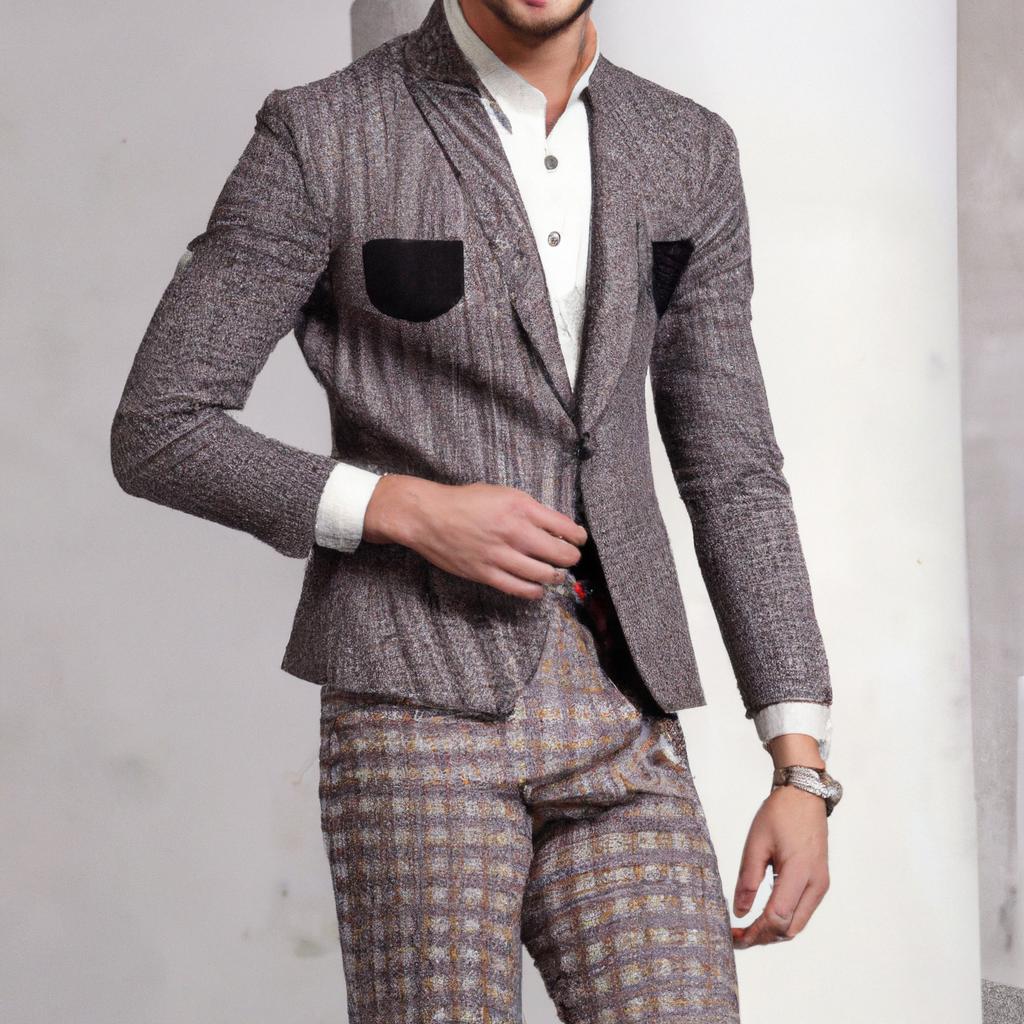 The Renaissance of Vintage Menswear: Combining Retro Styles with a Modern Edge
The Renaissance of Vintage Menswear: Combining Retro Styles with a Modern Edge 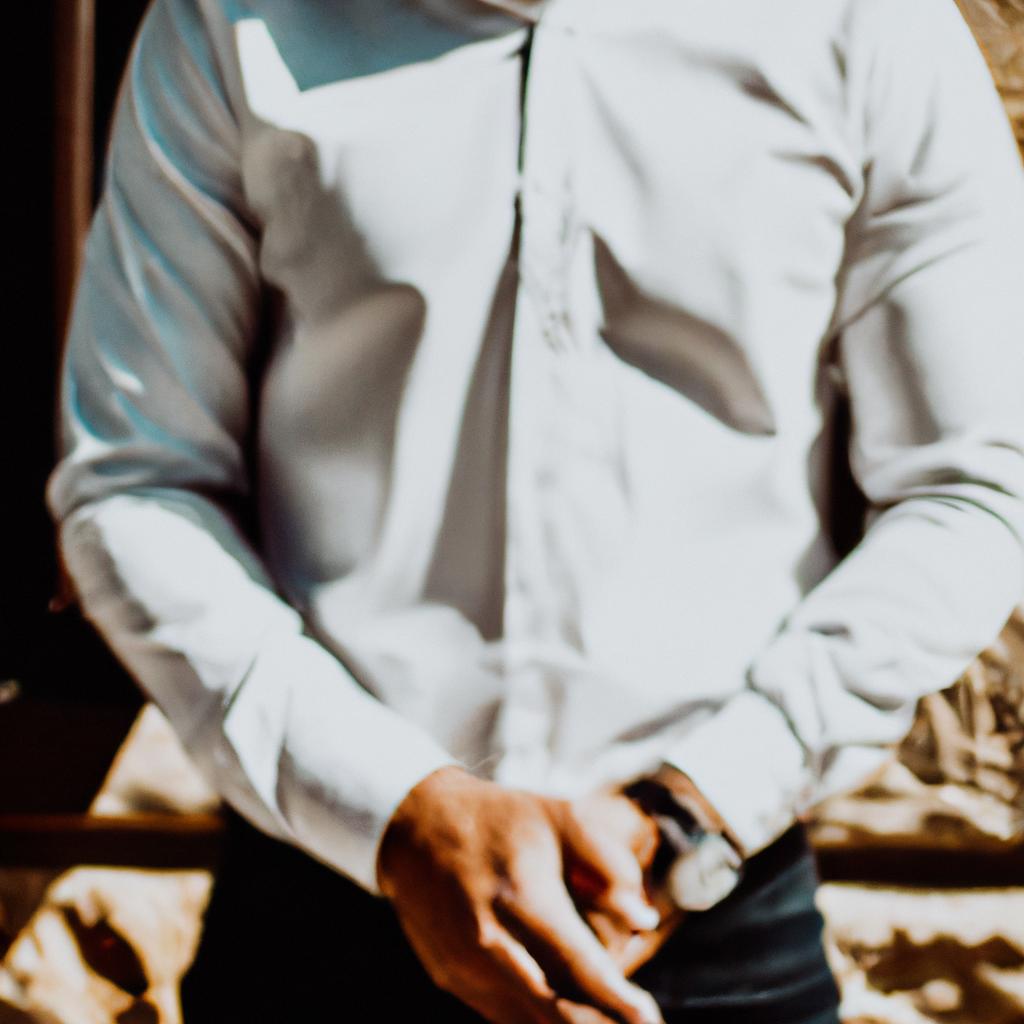 Unpacking Business Casual Dress Code: Navigating the Line Between Professionalism and Comfort”
Unpacking Business Casual Dress Code: Navigating the Line Between Professionalism and Comfort” 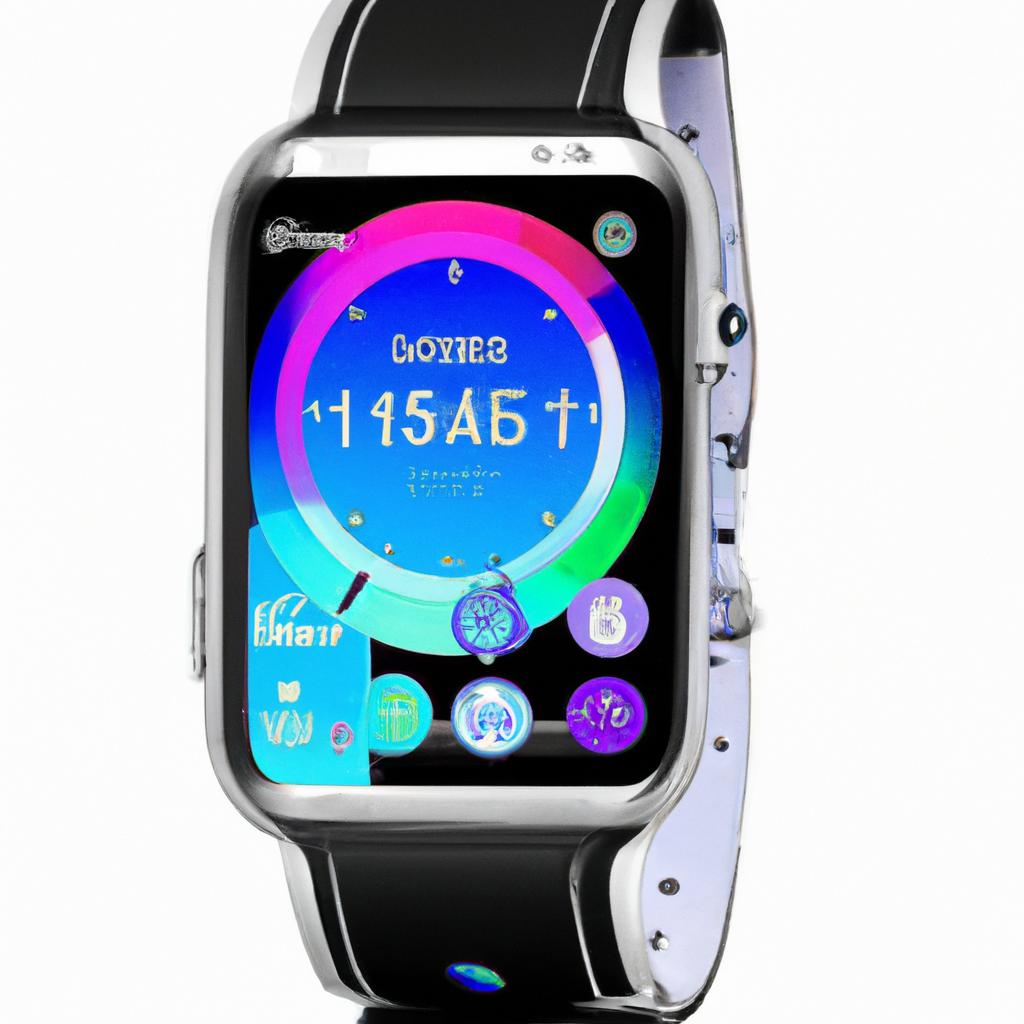 Revolutionizing Fashion: How Technology is Shaping the Industry Today
Revolutionizing Fashion: How Technology is Shaping the Industry Today 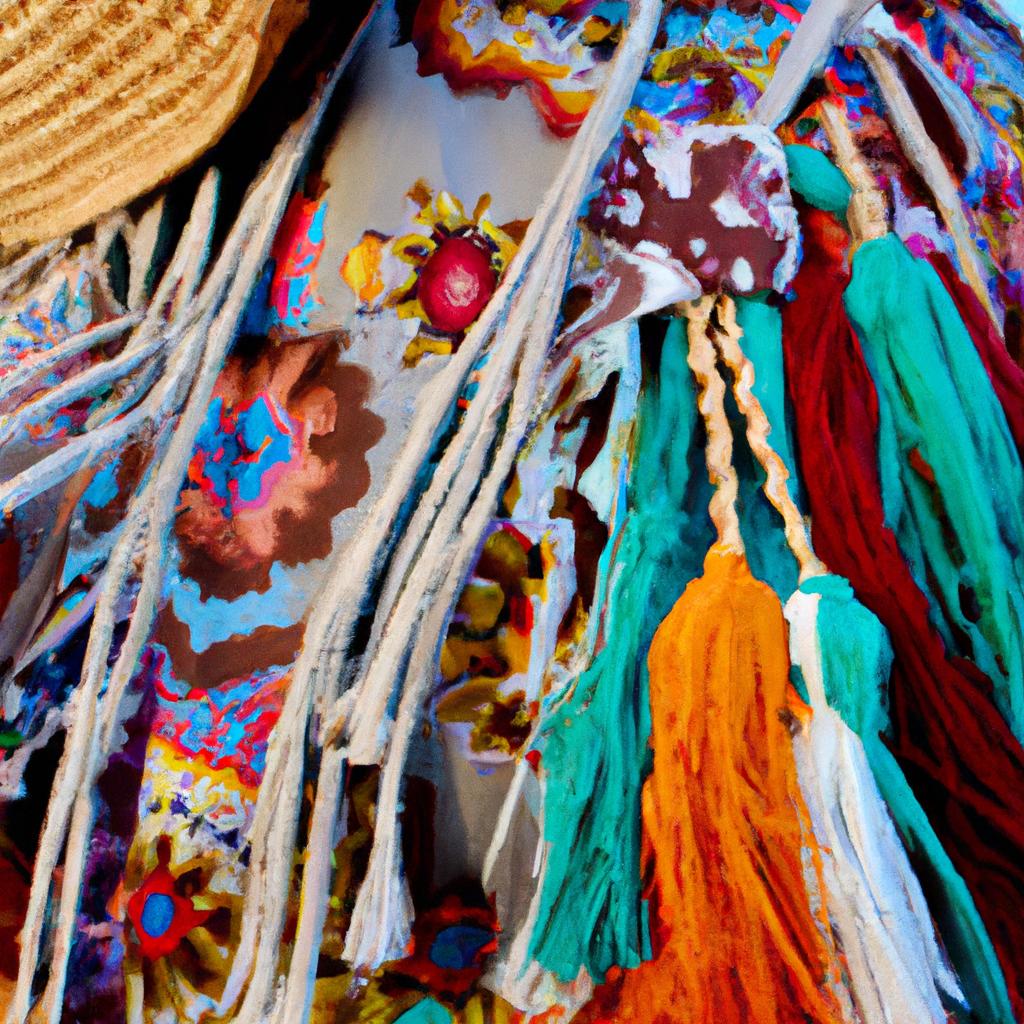 From East to West: Exploring Global Fashion Trends Across Continents
From East to West: Exploring Global Fashion Trends Across Continents  Cruising in Style with CarmelLimo: Because You Deserve to Feel Fancy
Cruising in Style with CarmelLimo: Because You Deserve to Feel Fancy 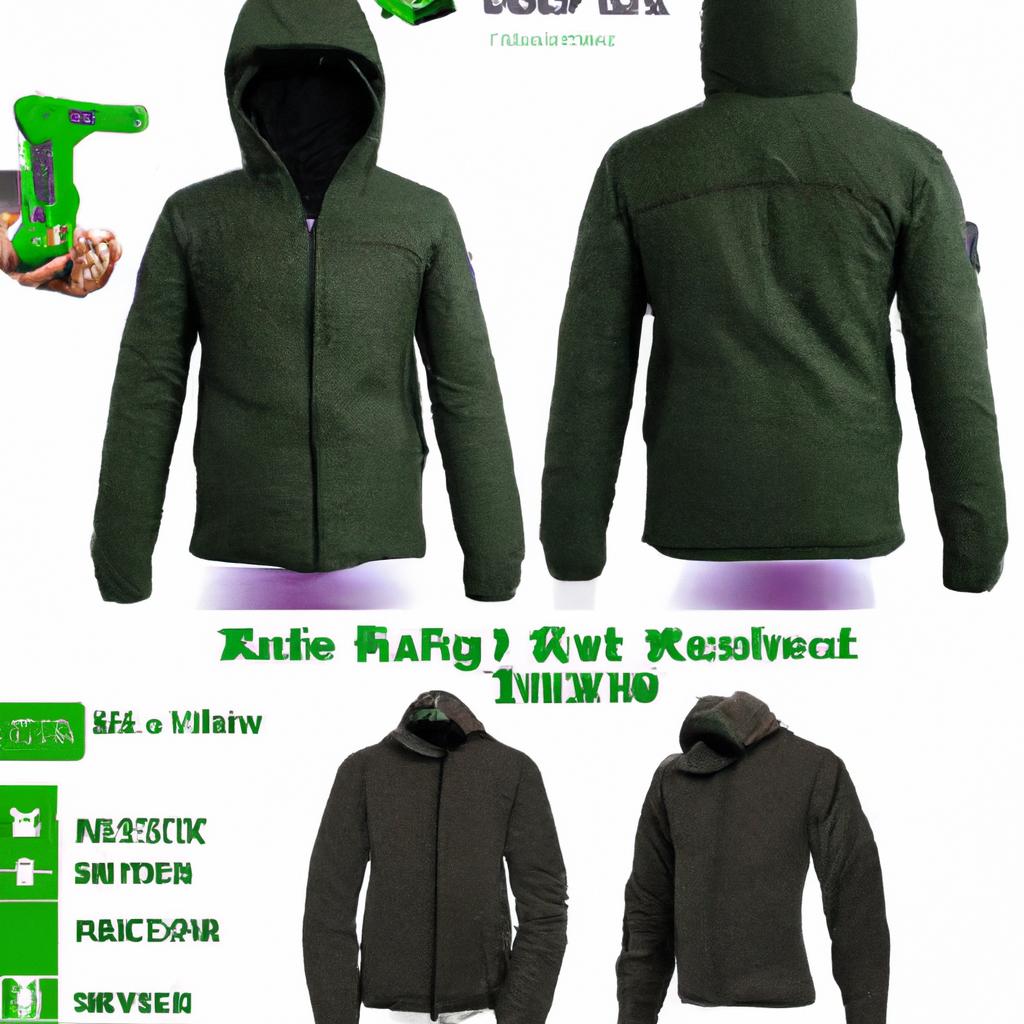 Dress to Impress: Essential Menswear for Every Weather Condition
Dress to Impress: Essential Menswear for Every Weather Condition